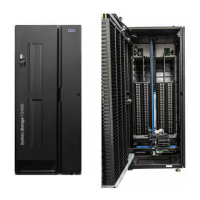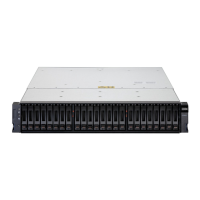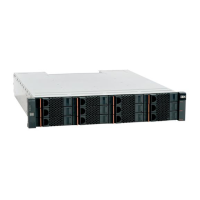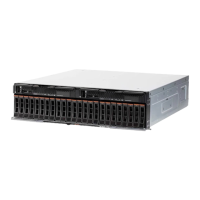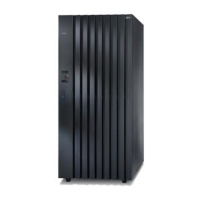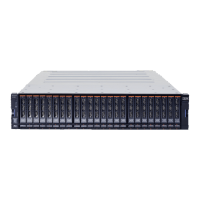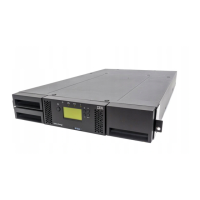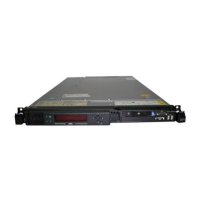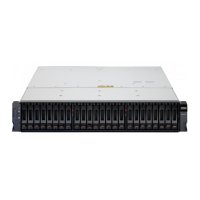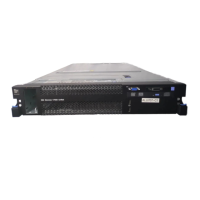200 IBM System Storage N series Hardware Guide
Rate at which stored data is modified
Data that does not change much (for example, archive repositories) does not need to be
synchronized as often, and each operation takes less time.
Use and effect of third-party backup facilities (for example, IBM Tivoli Storage Manager)
Each third-party backup tool has its unique I/O effects that must be accounted for.
Data synchronization requirements of enterprise applications
Certain applications, such as IBM DB2®, Oracle, and Microsoft Exchange, must be
quiesced and flushed before performing backup operations. This process ensures data
consistency of backed-up data images.
14.2.10 Resiliency to failure
As with all data processing equipment, storage devices sometimes fail. Most often the failure
is of small, uncritical pieces that have redundancy, such as disks, networks, fans, and power
supplies. These failures generally have only a small effect (usually none at all) on the
production environment. However, unforeseen problems can cause rare and infrequent
outages of entire storage systems. The most common issues are software problems that
occur inside the storage system or infrastructure errors (such as DNS or routing tables) that
prevent access to the storage system. If a storage system is running but cannot be accessed,
the effect on the enterprise is effectively the same as it being out of service.
Designing 100% reliable configurations is difficult, time-consuming, and costly. Generally,
strike a compromise that minimizes the likelihood of error while providing a mechanism to get
the server back into service as quickly as possible. That is, accept the fact that failures occur,
but have a plan ready and practiced to recover when they do.
Spare servers
Some enterprises keep spare equipment around in case of failure. Generally, this is the most
expensive solution and is only practical for the largest enterprises.
An often overlooked similar situation is the installation of new servers. More or replacement
equipment is always being brought into most data environments. Bringing this equipment in a
bit early and using it as spare or test equipment is a good practice. Storage administrators
can practice new procedures and configurations and test new software without having to do
so on production equipment.
Local clustering
The decision to use the high availability features of IBM System Storage N series is
determined by availability and service level agreements. These agreements affect the data
and applications that run on the IBM System Storage N series storage systems. If it is
determined that a Active/Active configuration is needed, it affects sizing. Rather than sizing
for all data, applications, and clients that are serviced by one IBM System Storage N series
node, the workload is instead divided over two or more nodes.
Failover performance
Another aspect of a Active/Active configuration is failover performance. As an example, you
determined that the data, application, or clients require constant availability of the IBM
System Storage N series, and use Active/Active configurations. However, you might size for
normal operations on each node and not failover. Therefore, what was originally a normal
workload for a single node now is doubled.

